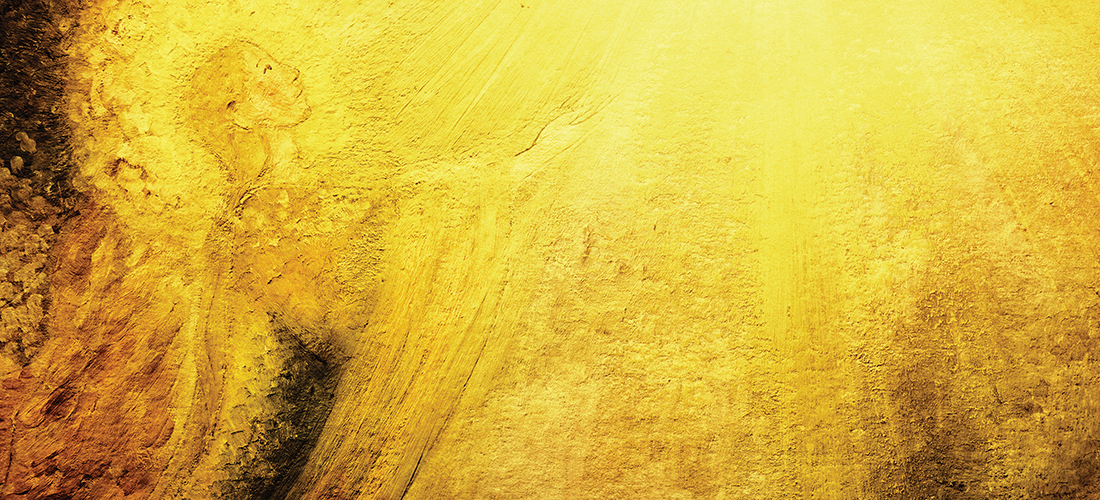
Across life — and death — the places where we connect
By Tom Allen
What makes a place sacred is often a matter of experience and memory.
Our daughter married this summer, in a historic Raleigh church, repurposed earlier as a bluegrass venue, then restored, once again, as a church. The founding congregation moved to a suburban location in 2001. Religious-themed, Tiffany-styled stained glass windows traveled with them. Simpler patterns remained. When a developer purchased the building, he filled the empty spaces with stained glass fitting a more secular venue — a colonial-era vineyard, a maestro conducting a symphony.
When a new congregation purchased the building, they set out to restore the space to its original intent as a house of worship. Some rooms were left open for artists’ displays. The church also agreed the sanctuary could be used occasionally for concerts. They’ve done an amazing amount of work in a short time — updating antiquated HVAC systems, refinishing hardwood floors, and preserving decades-old pews. Finding a new home for the current windows and replacing them with stained glass depictions of the faith is planned but costly.
So when I walked Hannah down the aisle on August 19, instead of depictions of the Good Shepherd or the Christmas story, a couple, straight out of Colonial Williamsburg, was strolling through a vineyard. Above a wooden cross a conductor raised his baton, ready to give the downbeat. Although some of the visuals seemed to contradict the setting, the day, we all agreed, was a high and holy occasion, a pull-out-all-the-stops celebration with lots of grand memories.
For many, a church, a synagogue, a temple, is sacred space. The words and rituals echoing there connect people to something beyond themselves, something transcendent, mysterious, yet something very real. Babies are baptized, vows are spoken, the sick are anointed, the dead are remembered. Some spaces house relics and saintly figures. Holy books, altars, and tables become enshrined. Whether an upright piano donated in memory of a dear granny or the tomb of a beloved saint buried for centuries in an undercroft, crypts and crevices enhance the sacredness of these spaces. Westminster Abbey, a simple rural sanctuary or an outdoor chapel canopied by oaks — all places where sacred spaces abound.
But people need not enter a temple or church to feel the holiness. The delivery rooms where my children were born, occasions that took my breath away, became sacred places. The room in a nursing center, where I held my parents’ hands as they breathed their last, was just as sacred as the churches where I embraced a belief that something was beyond those final breaths.
I know a couple in their 80s who have walked the same path, weather permitting, every afternoon since they retired. She is stooped. He holds her hand. The path has grown shorter and the walk takes longer, but that trail is, for them, a sacred and holy space.
Places of horror can be sacred as well. Sites of the unfathomable — Ground Zero in Manhattan, Dachau, Auschwitz, the Killing Fields of Cambodia — these places, where innocents were slaughtered, become shrines to the sanctity of life and the hope that “never again” will prevail.
You probably have personal sacred places, beyond walls and steeples. The space might be the chair where loved ones used to sit, a car they drove, a garden they once tended, a kitchen table where life was shared, or a grave that confirms that they lived and loved and mattered.
Sometimes I fear we’ve lost our capacity to see wonder where true wonder lies, to see the sacred in the everyday, the holy in the mundane. Perhaps the story of the first Christmas — the birth of a baby in a cow stall — reminds us all, whether we embrace the story as our own or not, that beauty and wonder often come to us simply, quietly and in the most unexpected times and places.
For one and all, may these days be merry and bright, blessed with peace and graced with wonder. And may you find a place, a time, or just a moment, that simply takes your breath away. PS
Tom Allen is minister of education at First Baptist Church, Southern Pines.





